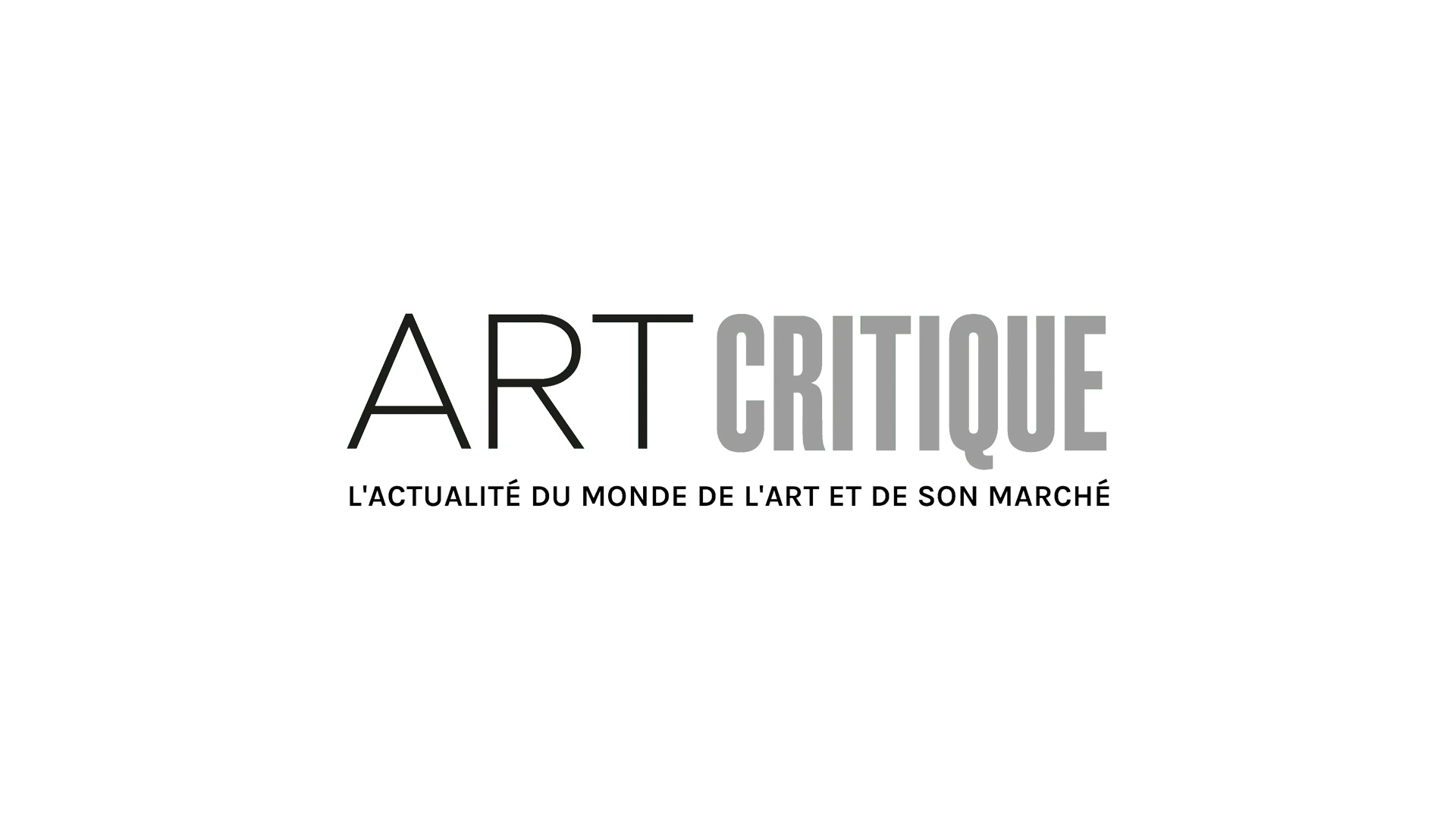Earlier this year, Mexico’s president Andrés Manuel López Obrador declared 2019 the ‘Year of Zapata,’ commemorating the 100th anniversary of the Emiliano Zapata’s death in 1919. Coinciding with the anniversary is an exhibition of works in Mexico City presenting alternative takes on the Mexican Revolution, including Zapata’s iconic mustachioed appearance. One artwork, by Fabián Cháirez, has been particularly controversial and became the centre of protests that erupted around the museum yesterday.
Cháirez’s work, titled La Revolución (The Revolution) depicts Zapata in a rather unusual manner when compared to other portraits of him. Typically, Zapata, who was one of Mexico’s major figures during their revolution, is portrayed as the ultra macho-man oozing with masculinity. Cháirez subverted that norm with his painting showing Zapata atop an aroused white stallion. Zapata, himself, is nude and turns away from the viewer in an unusually vulnerable pose. He wears only a pair of black heels, a pink sombrero, and a ribbon bearing the red, white, and green of Mexico’s flag that wraps around his torso. ‘Zapata’s masculinity is glorified,’ Cháirez told the BBC of his work noting that he specifically set out to go against the grain with his depiction of Zapata.
The painting has caused a lot of pushback from angered Mexicans. Some were so infuriated by Cháirez’s painting that they protested outside the Palace of Fine Arts in Mexico’s capital city where the exhibition is being held. Crowds blocked the entrance to the museum making it clear that they would not move until the painting was removed from the ‘Zapata after Zapata’ exhibition. According to The Guardian, Antonio Medrano, a spokesperson for the protesters stated: ‘This isn’t freedom of expression, it is debauchery! It’s degrading. They can’t exhibit our history that way. They can’t permit this kind of mockery.’ Similarly, Zapata’s grandson, Jorge Zapata González, told to the BBC, that he would not stand for the painting stating ‘[f]or us as relatives, this denigrates the figure of our general, depicting him as gay.’ Protesters chanted homophobic slurs during their protests as well.
The protests attracted counter-protesters in support of LGBTQ rights and the depiction of Zapata, whose image, according to exhibition curator Luis Vargas Santiago, has often used by movements in Mexico. Most recently, said Vargas Santiago, Zapata’s likeness has been used in support of gender and sexuality equality. ‘It’s not like Zapata’s image is a fixed symbol which cannot be challenged,’ said Vargas Santiago. ‘Just like monuments are questioned, Zapata is also an image that can be subverted.’ He also added that some descendants of Zapata had extended their support of the painting and the exhibition. ‘There are some people who experience discomfort from bodies that don’t obey the rules,’ continued Cháirez. ‘In this case, where is the offence? They [the protesters] see an offence because Zapata is feminised.’
The exhibition, which showcases 141 artworks from around 70 collections and is on view through February. Even though protesters have threatened to show up daily until the painting is removed, museum officials have stated that Cháirez’s work will remain on view with the rest of the exhibition.
Edited: June 12, 2020 for spelling error.





